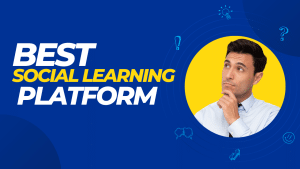Creating the best place for learning isn’t just about the classroom. It’s also about the culture, how things are organized, and the setting where learning happens. When these parts work well together, they help students do better and learn more. Focusing on learning interventions that meet students’ personal goals makes a positive and supportive place which is known as an ideal learning environment.
Keeping up with what learners need can be hard, but it’s important. Trying different ways and learning from mistakes helps make a great ideal learning environment. This approach ensures that learning works well in a place that keeps getting better for students. In this blog, we will share some tips that can help you to make an ideal earning environment for students.
8 Best Tips For an Ideal Learning Environment
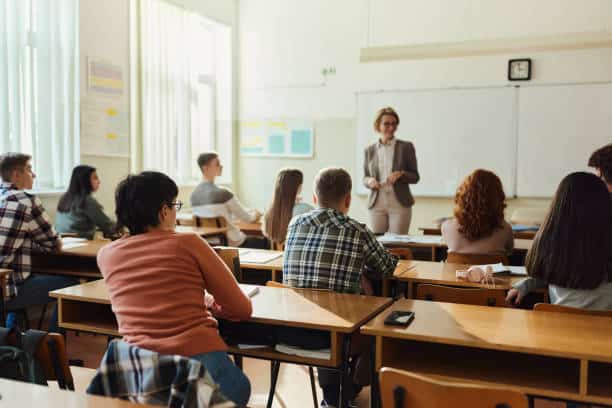
Let’s discuss the eight tips in detail.
Create a Supportive Environment
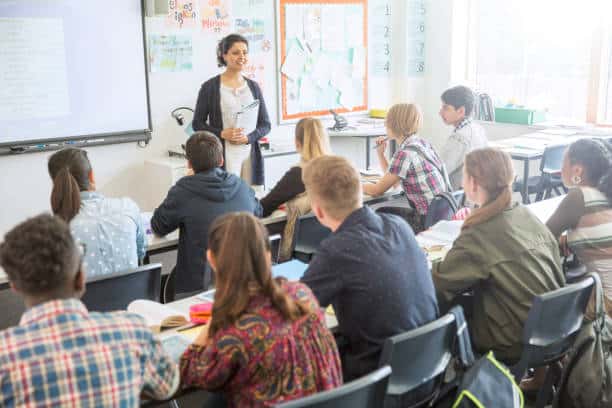
In the ideal learning setting, everyone feels comfortable. This means creating a positive environment in the classroom where all learners can do their best. Instructors need to know about different learning styles. They use this knowledge to help everyone use their strengths and work on their weaknesses.
It’s good when learners and instructors build trusting relationships. This gives everyone the opportunity to feel safe and supported as they learn. A variety of teaching methods can help make this happen. This way, everyone feels they are part of a positive environment where they can grow and succeed.
Feedback and Assessment

In an ideal learning environment, feedback and assessment are key to helping students grow. When instructors and students communicate clearly in the classroom, everyone understands what is going well and what needs work. This feedback helps students see their strengths and weaknesses. It also shows where efforts need to be redirected to close any gaps in understanding.
Self-assessment is another important part. It gives students opportunities to examine their work and decide what they can do better. This makes feedback a positive, effective tool that helps students learn better and more confidently.
Also Read: Top 10 Classroom Management Strategies.
Establish Routines
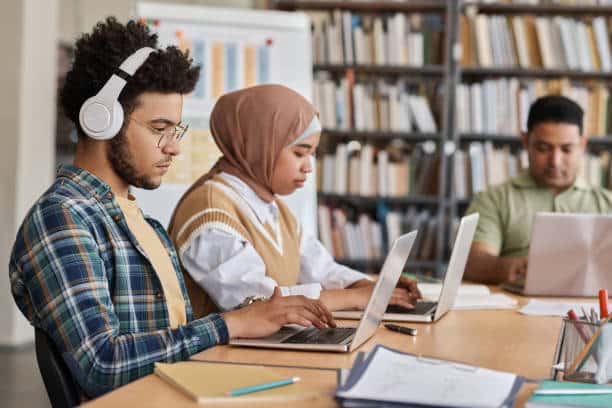
In any classroom environment, having routines helps students know what to expect and how to prepare. This predictability makes the learning space feel safe and dependable, especially in a busy and sometimes uncertain environment. By establishing clear plans for activities and scheduling them on specific days of the week, everyone knows what each day holds.
This regularity is not just about lectures; it’s a ritual that supports learning objectives. Whether it’s reviewing on Mondays or group projects on Fridays, setting these routines in advance helps students stay organized and ready for whatever comes next.
Give Learners Control
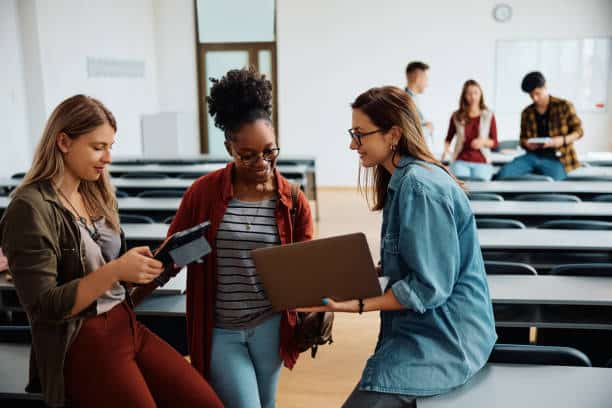
When students feel more invested in their learning environment, they can choose parts of what they learn or how they learn it. Giving students a degree of control helps them feel connected to the learning content. It builds their confidence, and they pay more attention to the lessons.
Allowing students to share their opinions and preferences also helps. When students feel like they are part of the process, they retain the concepts better. Building trust in this way makes a big difference in how well students learn.
Incorporate Technology
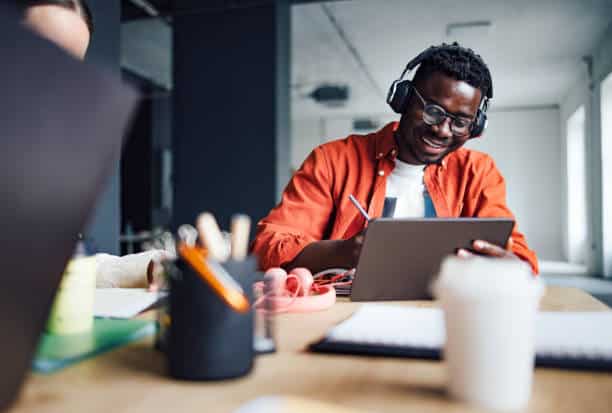
Using technology in the classroom helps students present their ideas more effectively. Tools like AI tools and virtual reality give students exciting ways to access and interact with information. This makes learning more engaging and helps learners understand complex concepts more easily.
Moreover, getting comfortable with technology prepares students for their professional lives. Since many corporations in the workforce use newer tools and technologies, having early access in the classroom means students are ready to jump into jobs and excel. This technology integration is crucial for their future success.
Also Read: Best Online Tools For College Students.
Make It Relevant

In an ideal learning environment, making lessons relevant to students’ everyday lives is key. By connecting what happens in the classroom to a real-world context, students feel more connected and invested in their learning. Using examples and exercises that mirror cultural and social situations helps strengthen this connection.
Also, including literature and activities that reflect the real world makes learning feel more important and useful. When students see how what they learn applies outside the classroom, they engage more deeply and remember better.
Provide Flexibility
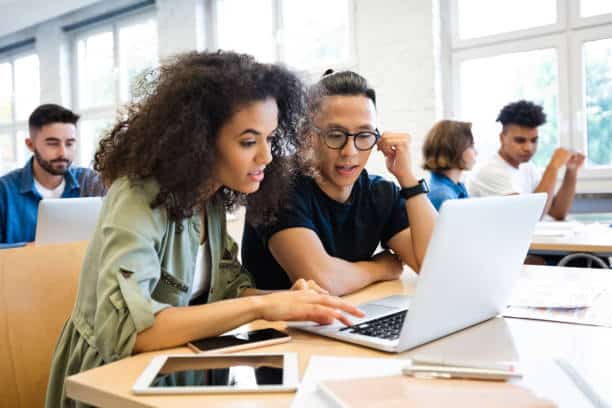
Moving away from traditional classroom learning and offering flexible options like online, synchronous, asynchronous, and hybrid formats can make a big difference in the classroom experience. This flexibility allows students to choose how they want to learn, fitting their learning into their schedules and needs.
By letting learners pick their preferred learning format, they feel more in control and are likely to be more engaged. Whether they attend live sessions or learn at their own pace, giving students the room to decide enhances their overall educational journey.
Personalize Learning
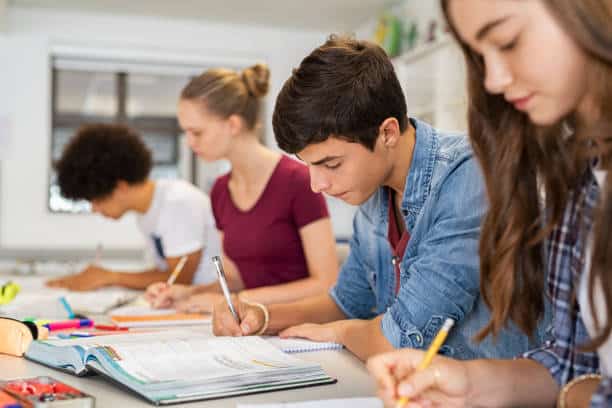
Giving students control over their learning helps them customize education to their personal goals and objectives. By allowing them to choose options that match their preferred learning styles, students feel more engaged and in charge of their education. It creates an inclusive learning environment where everyone can thrive.
Providing different resources and lecture material also adds to the personalization of learning. When students can connect with the content in ways that work best for them, it helps them understand and retain information more effectively.
Also Read: What is Vicarious Learning?
Final Thoughts
Every individual has their idea of an ideal learning environment. Their unique learning styles and attitudes can influence this. Creating such an environment can be a challenging task, but with the right strategies, it’s possible to set up an optimal learning environment that meets various needs.
To truly help everyone learn best, it’s important to tips. When educators customize learning to fit different styles and preferences, they make learning more accessible and effective for everyone involved.


